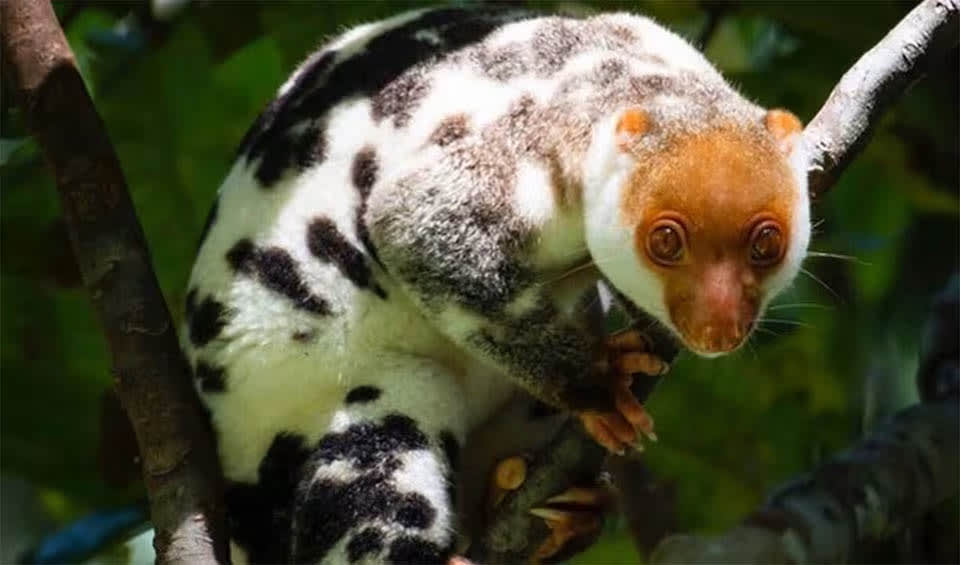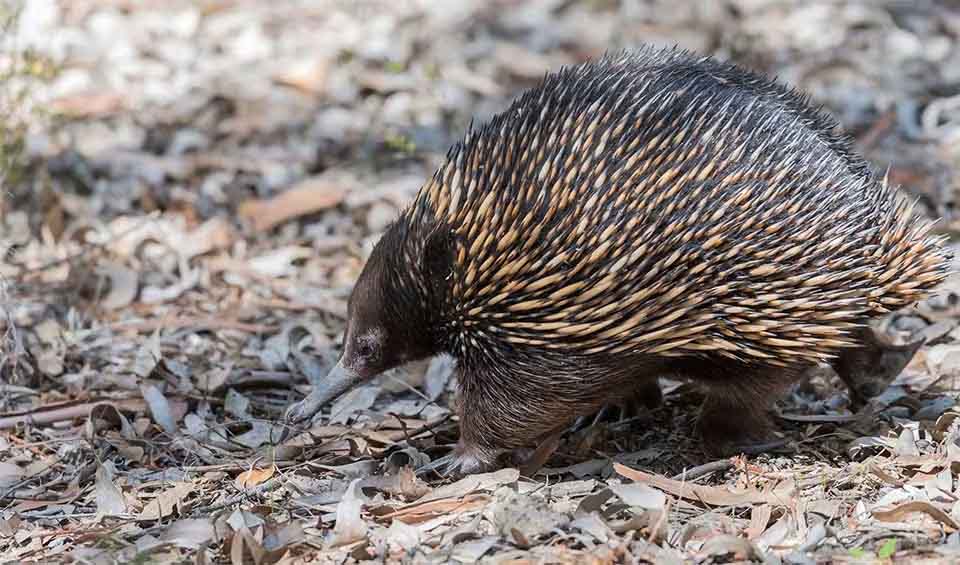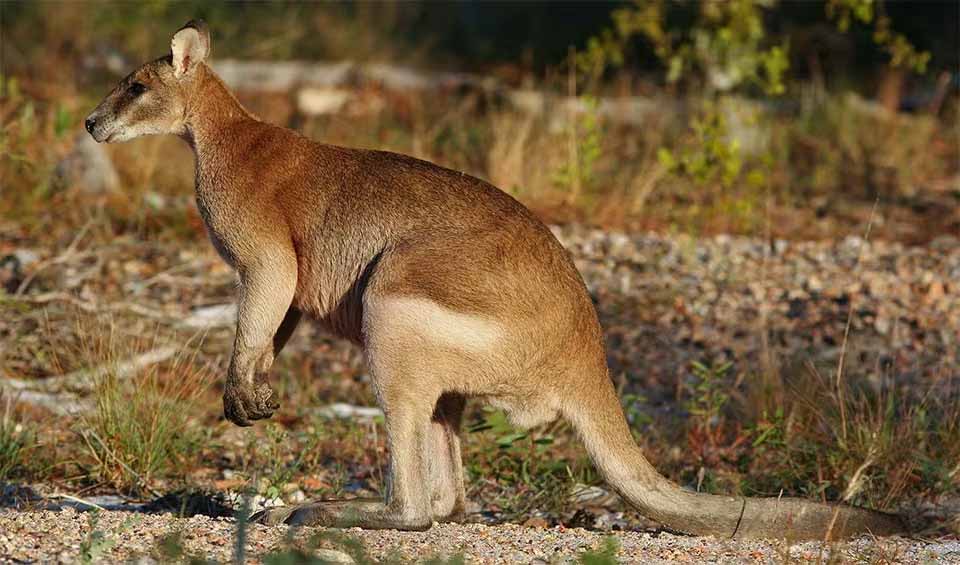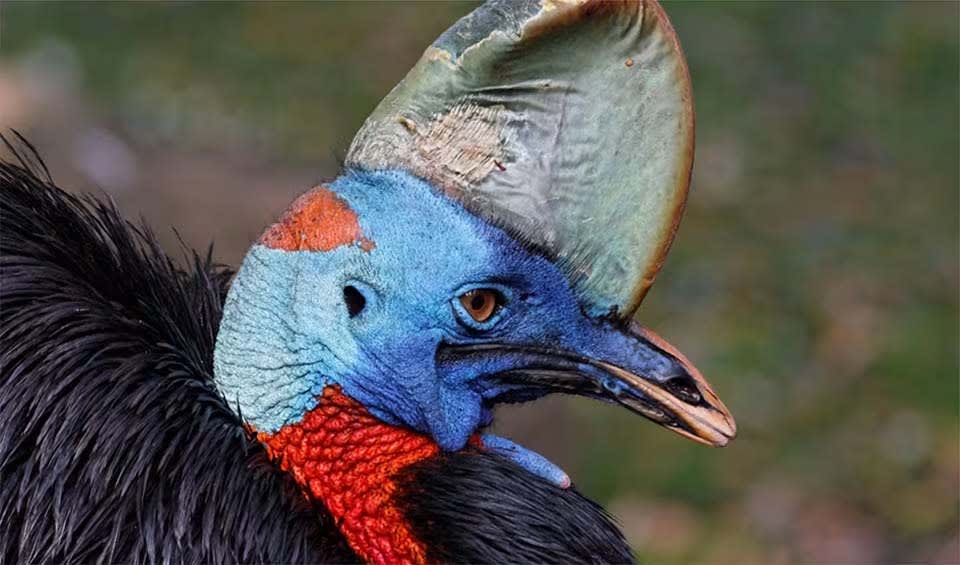Papua New Guinea is abundantly endowed with natural riches, boasting vast resources within its exclusive economic zone spanning 3.1 million km² (1.2 million mi²). Renowned for its plentiful tuna reserves and varied marine fisheries, the country’s tropical rainforest stands out as the world’s third-largest, hosting remarkable biodiversity that contributes over 5% to the global total.
Papua New Guinea exhibits exceptional diversity across species, landscapes, and ecosystems, notably highlighted by its expansive forests, ranking third globally after the Amazon and Congo Basin. Its interior encompasses stunning highland valleys, grasslands, extensive tropical rainforests, ancient swamps, and mangroves. Within this rich tapestry of nature, Papua New Guinea is home to a diverse array of wildlife.
Four pillars elaborated:
Papua New Guinea possesses a wide range of protected areas, including national parks, marine sanctuaries, and natural reserves, which play a crucial role in preserving the nation’s abundant biodiversity and cultural legacy. Recently, Papua New Guinea has established two expansive marine protected areas, representing a notable advancement in indigenous community co-management efforts. This collaborative approach seeks to promote the sustainable stewardship of these essential marine ecosystems. Land Management
Land Management
The country’s protected areas encompass a variety of designations, such as national parks, marine managed areas, and locally managed marine areas, each serving distinct purposes, from safeguarding cultural and historical heritage to ensuring the responsible utilization of natural resources.
Papua New Guinea faces a multitude of threats to its biodiversity, primarily stemming from human activities driven by the country’s rapidly expanding rural population. These threats include habitat loss due to industrial logging, subsistence cultivation, commercial agriculture, mining, overexploitation of resources, introduction of non-native species, and the impacts of climate change. Land use change emerges as a key driver of biodiversity decline, with industrial logging identified as the primary cause of deforestation and forest degradation. Additionally, subsistence agriculture represents a significant threat to forest integrity, ranking as the second largest contributor to deforestation and forest degradation in the nation. Threats to Biodiversity
Threats to Biodiversity
Efforts to bolster biodiversity conservation in Papua New Guinea encompass various initiatives aimed at mitigating threats to the nation’s ecological richness. Among these endeavors is the USAID Lukautim Graun project, which directs its efforts towards minimizing risks to biodiversity. Additionally, partnerships with entities such as the Centre for Environmental Law and Community Rights Inc. and Outspan PNG Ltd. play a pivotal role in advancing conservation objectives. Capacity and Governance
Capacity and Governance
Furthermore, the United Nations Development Programme (UNDP) collaborates with the Conservation and Environment Protection Authority (CEPA) on a Global Environment Facility project, underscoring the significance of multilateral cooperation in fostering sustainable environmental practices. Through these collaborative endeavors, Papua New Guinea strives to safeguard its diverse ecosystems and ensure the longevity of its natural heritage for future generations.
Papua New Guinea’s National Biodiversity Strategy and Action Plan (NBSAP) 2019-2024 serves as the country’s blueprint for preserving its abundant biodiversity. Integrated with the Development Strategic Plan (2010-2050) and Vision 2050, it guides efforts to align development goals with environmental sustainability. The plan aims to enhance resilience to climate change impacts across all sectors, foster understanding of environmental sustainability and climate change through educational initiatives, conserve natural resources and cultural heritage, foster national and international cooperation on environmental issues, and establish fair mechanisms for sharing benefits from genetic resource utilization. Future Trends
Future Trends
Biodiversity
Situated within the Coral Triangle, Papua New Guinea boasts the highest marine biodiversity richness in the Pacific Ocean, attributed largely to its expansive fringing and barrier reefs. The country is a haven for a diverse array of animals, including an estimated 150,000 species of insects, freshwater fishes, amphibians, reptiles, birds, and mammals. Noteworthy among these are the world’s largest butterfly species, the Queen Alexandra Birdwing, the largest tree frog species globally, and the only poisonous birds on the planet, along with 12 out of the 14 known tree kangaroo species.Additionally, Papua New Guinea is home to approximately 13,000 vascular plants. Endemic biodiversity likely surpasses 30%, with ongoing discoveries of new species continuing to enrich its natural heritage.
In the table below are the number of known species in several main groups, how many of these species are Threatened with extinction, and how many of them are Endemic (unique to Papua New Guinea only):
| Species (World rank) |
Threatened | % Threatened | Endemic | % Endemic | |
|---|---|---|---|---|---|
| Mammals | 295 (#31) | 41 | 13.9% | 92 | 31.2% |
| Birds | 741 (#31) | 33 | 4.5% | 112 | 15.1% |
| Reptiles | 415 (#19) | 11 | 2.7% | 121 | 29.2% |
| Amphibians | 426 (#7) | 11 | 2.6% | 324 | 76.1% |
| Fishes | 2,890 (#9) | 133 | 4.6% | 73 | 2.5% |
| Plants | 13,835 (#17) | 179 | 1.3% | 2,284 | 16.5% |
mammals
Black-spotted cuscus
Its highly valued fur has brought it to the brink of extinction
Short-beaked echidna
Has tiny muscle bundles connected to the bottom of each spine so that the spine’s movement and direction can be controlled
Agile wallaby
The white stripe near the hip is the identification mark for this species
birds
Northern cassowary
Single-wattled yellow-necked one-horned ratite
Stephanies astrapia
The velvety black bird of paradise
White-bellied sea eagle
Its broad wings enable it to glide effortlessly on air currents, often seen navigating the coastal winds
reptiles
Pig-nosed turtle
Possesses an elongated fleshy proboscis, resembling a twin-snorkel, that extends above the water surface for breathing
Carpet python
Despite their intimidating size, they are generally gentle and docile creatures
Frilled lizard
It doesn’t bite or have any poison; its transformation is just a big bluff!
amphibians
Australian wood frog
Papurana frogs inhabit a wide range of environments across Southeast Asia, including Indonesia, Papua New Guinea, the Philippines, and Malaysia. They are typically found in lowland tropical rainforests, swamps, marshes, and along the edges of streams and rivers. These frogs are highly adaptable, often thriving in both pristine forests and disturbed areas such as agricultural lands and suburban gardens. […]
White-lipped tree frog
These gorgeous frogs are the world’s largest tree frogs and can grow up to 14cm or 5.5 inches!
Paedophryne amauensis
Smallest frog! The size of a ladybug that can settle on the tip of your pinkie with room to spare
National Animals
Raggiana bird-of-paradise
Hailed as the national bird of Papua New Guinea

















